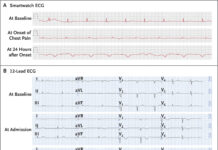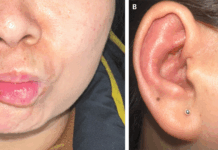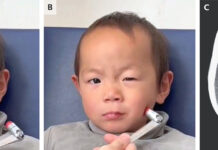
Case study: bilateral sinonasal inverted papilloma
This article describes the case of a 60-year-old male patient diagnosed with bilateral sinonasal inverted papilloma. SIP is a benign, aggressive tumour that generally occurs unilaterally and can extend to the sinuses. The patient had initially presented to the Ophir Loyola Hospital outpatient clinic with complaints of facial asymmetry, nasal obstruction and right hemiface proptosis.
The extraoral examination was not significant for any dental or systemic infection and palpable nodules. In addition, the patient denied smoking, drinking alcohol and having a history of any previous radiotherapy. He had no history of concomitant disease either. Intraoral examination showed an increase in volume in the left posterior palate with normal colouration, in the absence of ulceration. Doctors further advised computed tomography and auxiliary imaging.
Investigations and findings
CT examination showed an expansive and infiltrative lesion involving the nasal cavity, bilateral maxillary sinuses, sphenoidal sinuses, and frontal and ethmoidal sinuses. Small extensions of the lesion were also evident in the medial corner of the right orbit. Doctors ruled out polyps, aneurysms, encephalocele, fibromas, dysplasia, benign, malignant and metastatic neoplasias. The diagnosis of bilateral sinonasal inverted papilloma was suspected. To confirm the diagnosis, the patient was referred for a transnasal biopsy. Findings of the histopathological slices confirmed the diagnosis of sinonasal inverted papilloma.
Treatment
Doctors suggested a less invasive treatment approach because of the size of the lesion and since the patient’s paranasal sinuses were also affected. In this case, nasosinusal endoscopic surgery was not possible and doctors referred the patient for a Le Fort I osteotomy. The patient had an uneventful recovery period. A week after the procedure, the patient was referred for another CT scan examination which showed no significant findings. 5 years into the procedure, the patient no longer reported any symptoms.
Source: American Journal of Case Reports



